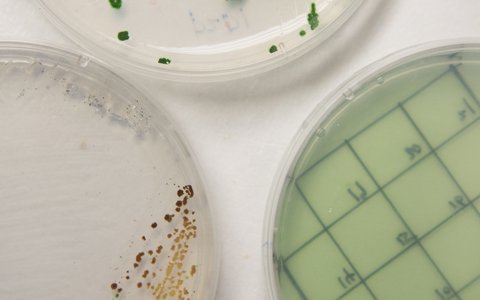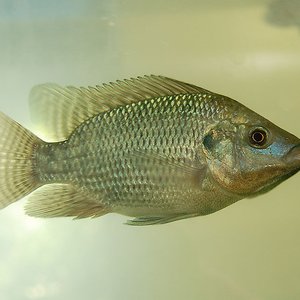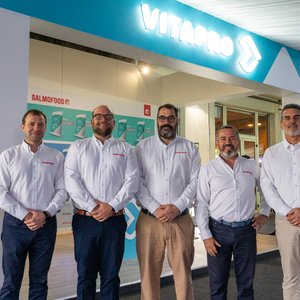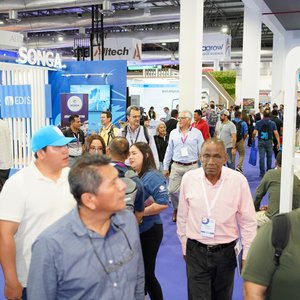Researchers from the University of Maryland Center for Environmental Science (UMCES) have been selected to receive $3 million from U.S. Department of Energy’s (DOE) Office of Fossil Energy (FE) to develop a scalable and deployable carbon-negative bioreactor system to capture carbon dioxide from power plant flue gases to produce microalgae.
The project, A Highly Efficient Microalgae-Based Carbon Sequestration System to Reduce CO2 Emissions from Power Plant Flue Gases, will be led by Yantao Li, Feng Chen and Russell Hill of the Institute of Marine and Environmental Technology (IMET) in Baltimore. The research focuses on harnessing photosynthetic microalgae to sequester carbon dioxide from power plant flue gases. The outcome will be a scalable and deployable carbon-negative bioreactor system for carbon dioxide captured from flue gases, a modular and scalable design that will allow its expansion to be paid for by the technology itself.
“We built on our strength in using a microalgae-based system to reduce carbon dioxide emissions on an industrial scale while producing valuable products such as biofuels and carotenoids, phytonutrients that can be used as nutritional supplements,” said Yantao Li.
Researchers have identified microalgal strains that thrive when grown with flue gases released from the 3 megawatts methane-fired electric generating power plant at Baltimore's Back River Wastewater Treatment Plant. Through a bioreactor process, the algae can sequester the carbon dioxide and reduce sulfur oxide and nitrogen oxide emissions, combustion gases that contribute to global warming.
The research goal of DOE’s Carbon Utilization Program is to reduce emissions and transform waste carbon streams into value-added products.












